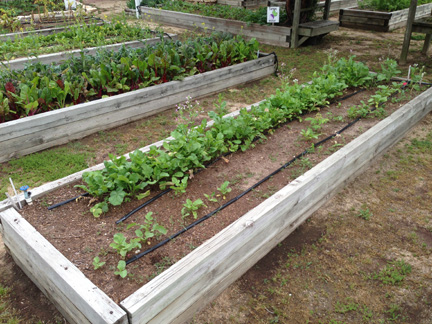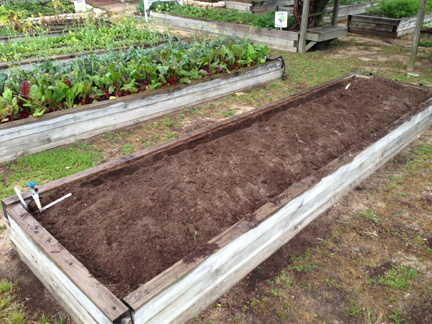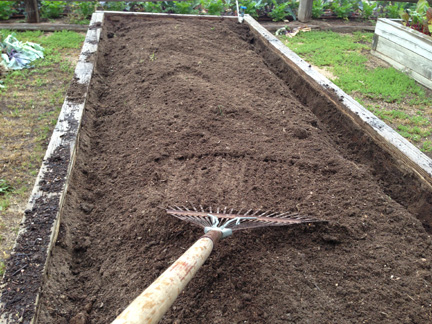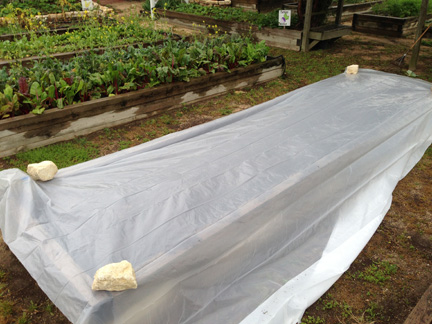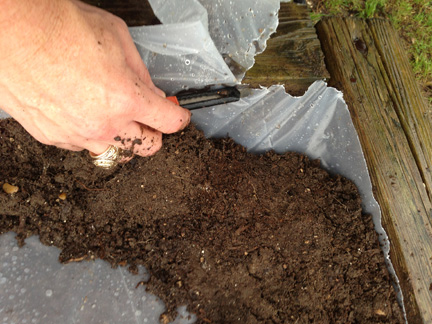A Little Background Information
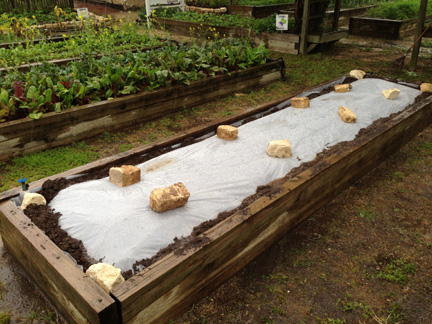 Small efforts now can yield a beautiful, blank canvas in the fall It’s hard to think about returning to school in the fall while the school year comes to a celebratory close. But as many campuses are beginning to wrap up for the summer, consider wrapping up the garden as well.
Small efforts now can yield a beautiful, blank canvas in the fall It’s hard to think about returning to school in the fall while the school year comes to a celebratory close. But as many campuses are beginning to wrap up for the summer, consider wrapping up the garden as well.
If possible, solicit families/volunteers to take turns caring for it. But if your school garden will be unattended for the summer, and you plan to begin using it again in August or September, solarizing the beds can be a very simple, inexpensive and green way to reduce some of the most difficult garden work reclaiming weed-choked bed during the hottest time of the year.
Solarizing the garden involves covering the bed with a plastic sheeting and allowing the sun to do the work of eliminating weeds, pests and plant diseases without applying chemicals. Rolls of inexpensive clear plastic sheeting can be purchased at home improvement stores. Thickness of 2 mil is recommended and are sold as rolls of plastic sheeting or plastic “drop cloths” typically used while painting. Although both clear and black plastic sheeting is used for this purpose, research shows the clear plastic sheeting achieves true solarization by allowing a greenhouse effect and trapping the most heat. Scientists at Oregon State have measured temperatures reaching 127 degrees F within the top four inches of soil below clear plastic sheeting.

